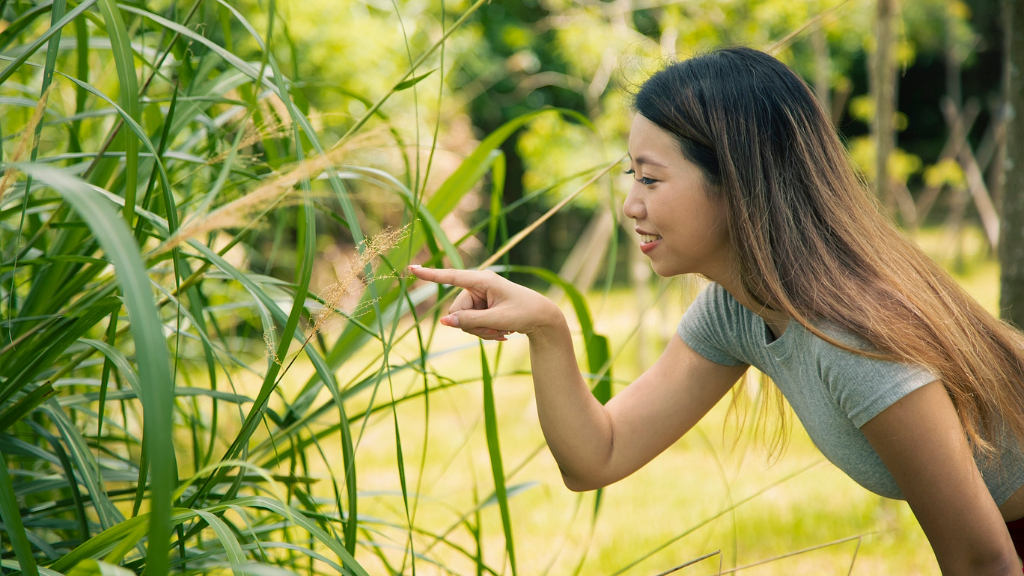Top 10 Ways to Identify Plants


As a landscape designer and garden center worker, I am constantly being asked to identify mystery plants for my customers, friends and family. There are specific parts of the plant that I look at when helping someone identify their plant, and all these parts must be looked at as a whole. For example, if someone just brings me a leaf, I may be able to identify the plant if it is quite obviously an oak, maple or something with very distinct foliage. However, I generally need more information than just one leaf, because many plants can have similar leaves yet are very different plants. Below is a list of the top 10 things to look for when identifying a plant. 1. Plant Type. Is it a shrub? A tree? A vine? A perennial or annual? Does it lose its leaves in fall or does the entire plant die back to the ground? Does it comes back in the same exact spot each year or sprout up if different areas? All of these, along with addition information, help to pinpoint a plant's identity. 2. Location. "It's growing in my backyard in Wisconsin" is not enough information. I will follow up with questions like: What part of Wisconsin? Because there is a big difference in the climate of Northern Wisconsin and Southern Wisconsin. Is it growing in full sun? Is it growing in shade? Is it growing in a wet location or a sandy or gravelly location? Even the types of plants growing around it can give clues to identification. 3. Flowers. Does it flower? Are these flowers showy or barely noticeable? What is the flower shape or structure? What is the flower color? When do the flowers bloom? Where do the flowers grow on the plant? 4. Bark or Stem Structure and Texture. Sometimes, the best way to identify trees is by their bark texture. For example, a London plane tree's leaves look like maple leaves. Its bark, however, is gray to creamy white and smooth, whereas a maple's bark is dark gray to brown and fissured. Certain shrubs, like ninebark or burning bush, have very distinct bark. Stem structure and texture is also important in herbaceous plants. For instance, if the stems are square shaped, like bee balm, that tells us it's in the mint family. 5. Foliage Type. This one is rather easy. Does it have needles? Does it have leaf blades like grass? Does it have common leaves? Is the foliage fuzzy or smooth? 6. Leaf Attachment. How do the leaves grow on the plant? Are they like a rosette of leaves just at the base of the plant? Do they grow out of the stem alternately, opposite or whorled? Alternate leaves are when on single leaf grows out of a leaf node and usually in an alternate pattern on the stem. Opposite leaves are when a pair of leaves grow symmetrically out of a leaf node. Whorled leaves are three or more leaves that grow out of a leaf node circularly around the stem. 7. Leaf Shape, Margins and Veining. This can seem a little complicated when you hear words like lanceolate, elliptical, obovate, cordage or rein form when it comes to leaf shapes. And then there's lobate, simulate and undulate when it comes to leaf margins; and longitudinal, palmate and reticulate in reference to leaf veining. Fortunately, the internet is full of charts that can help you identify these very important leaf traits. Field guides also usually have detailed charts of leaf shape, margin and venation. 8. Sap. When you cut off a leaf, flower or branch, does the plant excrete a sap? If so, what color is the sap? What is its consistency? Is it thick, gooey and sticky? Is it watery or milky? The sap and where it comes from on a plant can be very helpful in identifying it. 9. Berries, Fruit or Seed. Any berries, fruit or seeds that the plant produces can be helpful in identifying a plant. Certain plants produce very specific seeds or berries. Note the shape, color and texture of any berries or seeds the plant produces. Again, there are many chart available in field guides and online to help you identify specific seed structures and berry types. 10. Special Interest. Does the foliage have outstanding fall color? Do certain birds, insects or animals frequent the plant? For example, if you see monarch caterpillars munching away at the leaves, you can assume the plant is milkweed since monarch caterpillars only eat milkweed. Special interest is basically just any other notable characteristics that may help you identify the plant.
Sign up for the Gardening Know How newsletter today and receive a free copy of our e-book "How to Grow Delicious Tomatoes".
